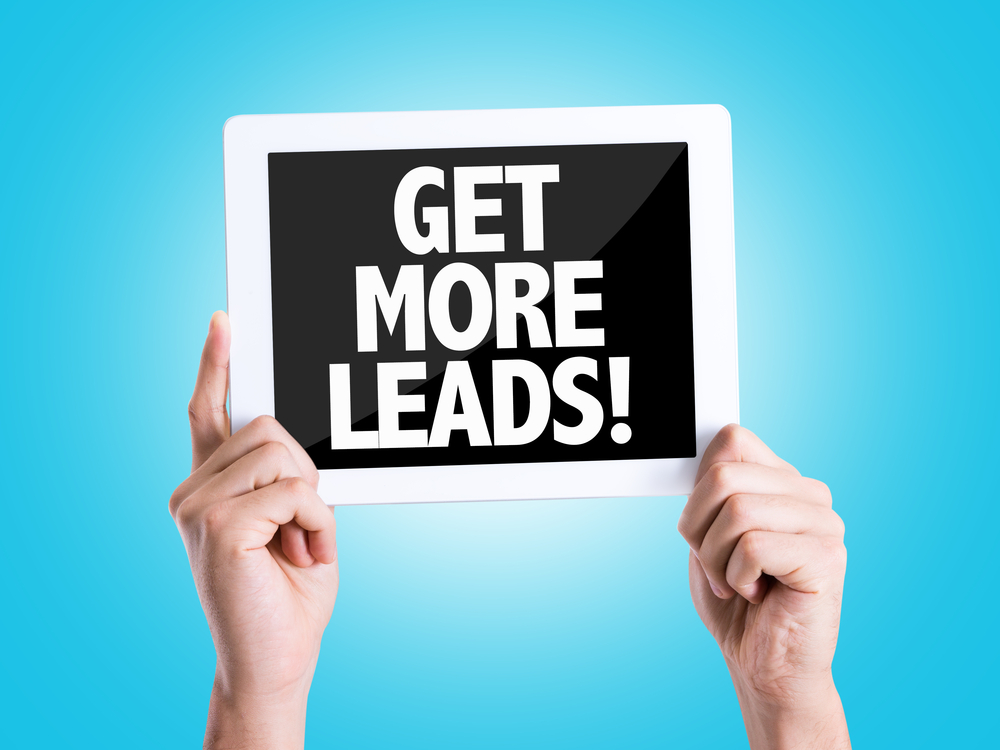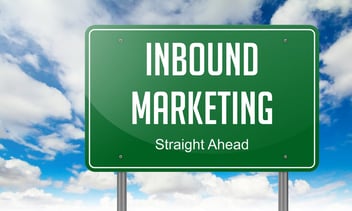When you search the internet for tips and secrets on how to succeed at anything in life, you will probably get a ton of answers. Some that will make sense and resonate with your circumstance, and others that will just be downright silly. But if you really think about it, in any field of life, the only real secret to success is a proper understanding of the game. If you don’t understand the game, how can you succeed? Let alone be good at it?
So, take for example in the field of business, how do you succeed? How do you get ahead of your competition?
It seems that any business insider will always say that the competition is stiff, that you are not supposed to slow down even just for a bit, lest you be in danger of falling behind in the race.
You have to keep moving. Not surprisingly, the only way to fuel the mechanisms in place within your organization is to keep the influx of sales that bring in enough cash flow to get things going.
In such a situation, you’ll be in constant search of leads.
Today, we’re going to share with you tips on Inbound Lead Generation. But first things first, what is an Inbound Lead? And what makes a good Inbound Lead?
Let’s delve into the details!
What is an Inbound Lead?
HubSpot briefly defines a lead as “any person who indicates interest in a company’s product or service in some way, shape, or form”.
Incorporating the general description and known methods of the Inbound Strategy into the generation of leads, you have Inbound Lead Generation. And Inbound Lead Generation is thus defined as a method of drawing prospects into your brand without the obnoxious traditional methods such as cold calling, cold emailing, and others.
Inbound leads, as a result, are leads that are derived through the use of these inbound methods. Interestingly enough, inbound leads are also referred to as “warm leads” in proximity to the cold calls and cold emails commonly used in traditional marketing methods.
To make you better understand what is an inbound lead, it may be worth mentioning that an inbound lead could be two types: a Marketing Qualified Lead (MQL) or a Sales Qualified Lead (SQL)
Marketing Qualified Leads are those leads who have engaged with pieces of content you have laid out for your target audience, and yet somehow, still remain undecided and unready to interact with your sales team. On the other hand, a Sales Qualified Lead is someone who has exhibited apparent interest in buying your product and is ready to engage with your sales people.
Now you wonder, what makes a good inbound lead?
Let’s find out.
A Good Inbound Lead
It is kind of tricky to answer what makes a good inbound lead? A good inbound lead could simply be leads that have gotten past the attract and engage stage of the Inbound Methodology. It could be one who is not just an MQL but also an SQL. It could be a lead that has garnered a very high lead score so he/she is now ready to make the purchase.
Really, it can be very unclear.
Ultimately, however, what makes a good inbound lead is whether or not they have been converted.
For employers looking for people to fill up a position in their organization, good leads are those who have passed all qualifying activities. For brands selling products, a good rule of thumb in gauging if someone is a good lead is if they have made a purchase. For companies marketing their services, have they availed of your services?
Have they faithfully exhibited a higher interest in your product or service with every interaction.
This is what makes a good inbound lead.
Now that we’re clear on what is an Inbound Lead and what is a good inbound lead, it’s time to learn what the common lead generation strategies are.
Common Lead Generation Strategies
With our technology constantly coming up with new trends every now and then, lead generation strategies also evolve. But the four most popular lead generation strategies employed by most businesses are the following.
Content Marketing
Content Marketing makes use of helpful, and informative content pieces evenly distributed across targeted mediums and strategically positioned to be accessed by one’s target audience. Blogs and web pages are the common avenues for content marketing. This helps educate buyers and draws them in non-disruptive ways which, in turn, helps you earn their trust.
SEO
Search Engine Optimization uses keywords that increase your website’s ranking in search engines, allowing your target audience to find your content faster before the competition does. This is supportive of your content marketing, too, which makes it an effective strategy in generating leads organically.
Email Marketing
Inbound is all about drawing people in, attracting prospects and gently guiding them all throughout their buyer’s journey while subtly leading them towards making the purchase. Email marketing is useful in this strategy as it lets you meet the prospect wherever they are in their journey. While they are still undecided, email marketing lets you send them newsletters that continuously educate them on the problems that your products or services can solve. And by the time that they are ready to make the purchase, email marketing also makes it easy for them to click on a link that automatically lands them on your website.
Social Media
And of course, we have social media. Various social media channels can be used to generate leads. Here, you are free to post infographics, articles related to your industry, and many other creative content that supports your goal of turning mere prospects into actual buyers, and in time, patrons of your brand.
To learn more about inbound lead generation, download our eBook today and gain a better understanding of how these strategies can help you generate better leads!

 What is Inbound Lead Generation?" loading="lazy">
What is Inbound Lead Generation?" loading="lazy">


